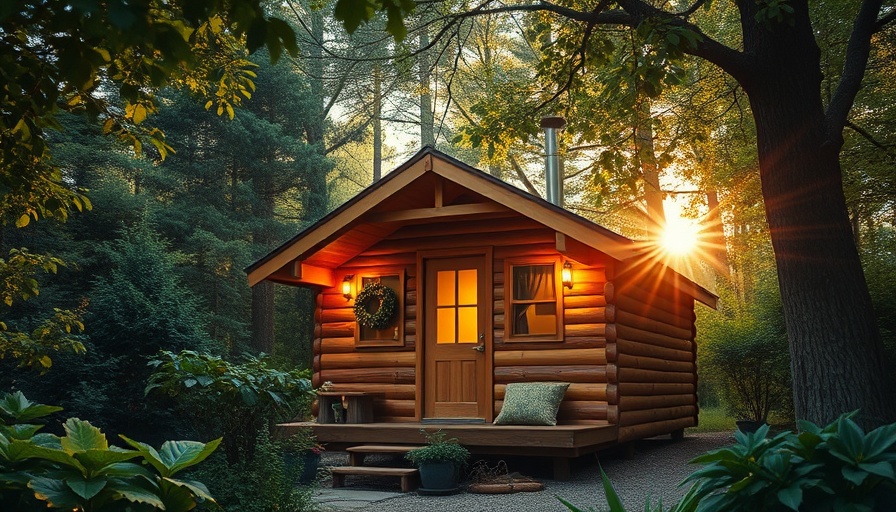
Building Hope: Tiny Homes for Miami-Dade's Homeless Population
As Miami-Dade County grapples with the mounting crisis of homelessness, the Miami-Dade Homeless Trust is considering an innovative solution: tiny homes. This proposal could provide an efficient and compassionate response to a complex issue that affects our community. Tiny homes have emerged as a viable alternative in various cities around the nation, offering an alternative living space that is both budget-friendly and practical.
The Vision of Tiny Homes
Tiny homes are not merely structures; they represent a new way of thinking about housing and community. Designed to maximize space and minimize cost, these compact living environments can serve as transitional housing for those who are homeless. The Homeless Trust’s plan aims not only to provide shelter but also to offer a pathway to stability for individuals and families. By incorporating community spaces and support services, tiny home villages can foster social connections that are often missing in traditional shelters.
Understanding the Homeless Crisis in Miami-Dade
The issue of homelessness is multifaceted, rooted in various societal factors including economic disparities, mental health challenges, and a lack of affordable housing. Current statistics indicate a rise in homelessness in Miami-Dade, prompting urgent calls for effective solutions. Understanding this backdrop is crucial as it highlights the necessity of creative housing solutions like tiny homes.
Success Stories from Other Cities
Looking at other cities that have implemented tiny home initiatives can provide valuable insights. For instance, cities like Austin, Texas, and Seattle, Washington, have seen success with similar programs. These cities have transformed vacant lots and underutilized spaces into thriving communities where formerly homeless individuals can regain independence. These examples illustrate that with the right framework and support, tiny home initiatives can significantly impact homelessness rates, serving as a model for Miami-Dade.
Potential Challenges and Considerations
While the tiny home proposal presents many advantages, it is essential to recognize the challenges that come with it. Zoning laws, funding, and community acceptance are all critical factors that must be addressed. Concerns about where these homes will be built, as well as the perceptions surrounding homelessness, must be navigated with care. Engaging with local communities and stakeholders will be vital to the project’s acceptance and success.
The Future of Housing in Miami-Dade
The potential adoption of tiny homes could signify a shift in how Miami-Dade approaches the homelessness crisis. By reimagining traditional housing solutions, the Homeless Trust may pave the way for more innovative and effective strategies. This paradigm shift could empower other cities facing similar issues to consider tiny homes as a legitimate option, furthering a movement towards sustainable and compassionate solutions for homelessness.
Empowering Through Awareness
Understanding the benefits and challenges of tiny homes can empower the community to engage in meaningful conversations about homelessness. The more informed we are, the better equipped we become to support initiatives that can bring about real change. Conversations surrounding this topic can lead to advocacy and support for legislation that prioritizes affordable housing and social services.
As Miami-Dade County considers the development of tiny homes, it opens the door to fostering empathy, awareness, and ultimately, better solutions for those experiencing homelessness. Now more than ever, we must collectively rethink our approach to this pressing social issue, turning compassion into action for a brighter, more inclusive Miami.
 Add Row
Add Row  Add
Add 
 Add Row
Add Row  Add Element
Add Element 



Write A Comment